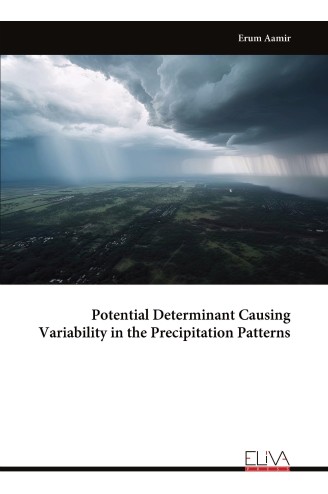Description
Climate change due to global warming has given rise to many challenges, most important among which are the possibility of more droughts and increased in the intensity of storms due to variation in precipitation trend. Alarmingly, Global Climate Risk Index (GCRI) has reported Pakistan as 5th most affected and vulnerable country in the world. Baluchistan, the most affected province of Pakistan, is selected, as the study area for the doctoral research. Baluchistan is under drought warning by Pakistan Meteorological Department (PMD) and faced many severe droughts in past few decades. According to reports, 62 percent of Baluchis- tan is deprived of safe drinking water and more than 58 percent of its land is uncultivated due to water scarcity. As a result, the water crisis in Baluchistan should be tackled on a war footing. The Mann-Kendall (MK) statistical test was used to identify the monthly significant precipitation trends in thirteen meteorological stations located in four regions of Baluchistan. Theil and Sens slope method (TS) was used to compute the magnitude of the trends. Partial Mann-Kendall (PMK) test was performed to study the trend variations in precipitation in the presence of climatic indices as covariates. Variability patterns of precipitation were identified through Principal Component Analysis (PCA) and their corresponding time series (PCs) were made. Empirical Orthogonal Analysis (EOF) was performed on Sea Surface Temperature (SST), Sea Level Pressure (SLP) and Zonal Wind Surface (ZW-S) to find out dominated teleconnection. Correlation analysis was performed between time series of precipitation and climate indices, SST anomalies, atmospheric circulations such as SLP, Geopotential Heights (500 hpa), Zonal winds (surface) to observe their relation- ship and influence on precipitation. Modeling and validation are done using both Multi-Linear Regression (MLR) and Principal Component Regression (PCR). Baluchistan receives its greater portion of rainfall in winter and spring months. Decreasing/ increasing trends in precipitation are observed in the months of January /June, when the time series data is analyzed through Mann-Kendall Test.




